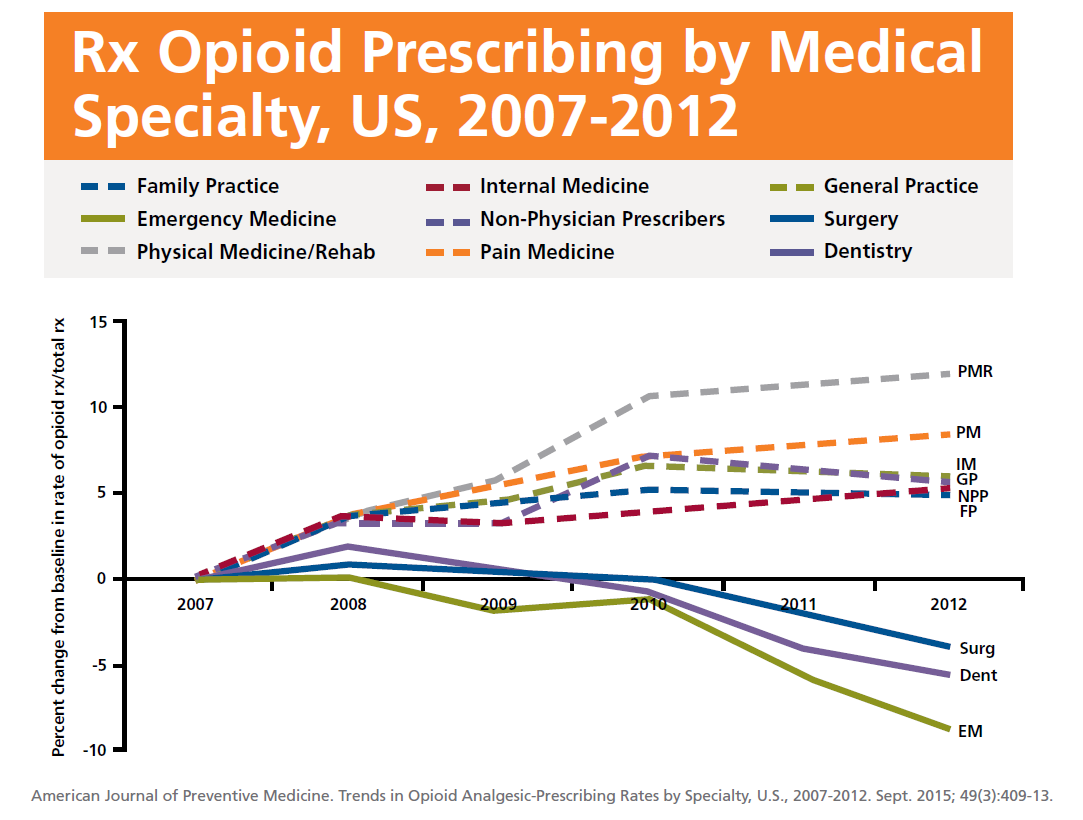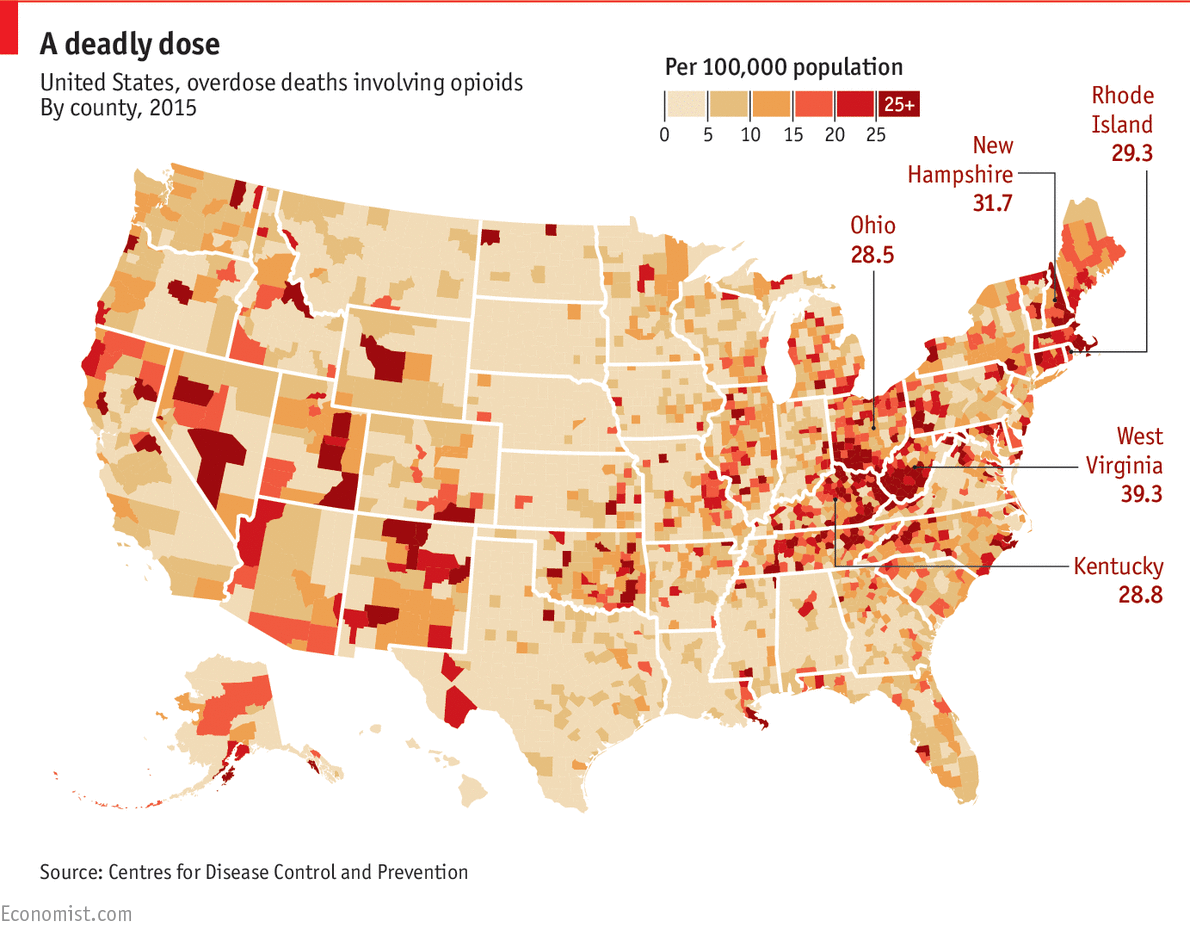91 Americans die every day as a result of an opioid overdose. According to The New York Times, “Overdoses, fueled by opioids, are the leading cause of death for Americans under 50 years old — killing roughly 64,000 people last year, more than guns or car accidents, and doing so at a pace faster than the H.I.V. epidemic did at its peak.” Here is a look at the opioid epidemic.
What is an opioid?
Prescription opioids include hydrocodone (Vicodin®) and oxycodone (OxyContin®). Recently, the synthetic drug Fentanyl– that mirrors opioids but is 50 times more potent than heroin– has become yet another look-alike that has only expanded the number of Americans addicted, and the number of Americans that have died due to this addiction. Heroin acts similarly, but is much cheaper, leading many opioid addicts to take it up instead.

Who does it affect?
Doctors prescribe opioids to patients suffering from acute pain, which includes many cancer patients. But, anyone who is suffering from any pain (wisdom teeth surgery, a broken arm, for example) can be prescribed an opioid to manage the pain. This is where the harm lies, as according to the Center for Disease Control (CDC) “one in four people who use opioid painkillers get addicted to them.”
When did this become a problem?
In the late 1990s doctors began prescribing an increased amount of opioids and this has only continued to rise over the years. According to the CDC, “the amount of prescription opioids sold to pharmacies, hospitals, and doctors’ offices nearly quadrupled from 1999 to 2010, yet there had not been an overall change in the amount of pain that Americans reported.” As of Oct. 26, 2017, President Donald Trump declared the country’s opioid crisis a “public health emergency” but fell short of labeling it a “national emergency” and these technicalities make a difference. A national emergency triggers immediate allocation of funds and resources, while a public health emergency allows for delegation of individuals to work with the Drug Enforcement Agency (DEA) but stops short of supplying monetary funds.
Where is the epidemic concentrated?
While the epidemic is primarily concentrated in Eastern America, it has affected millions of Americans across the country. This problem has even traveled across the northern border, as Canada has seen a dramatic rise in opioid overdose. In April of 2016 British Columbia declared a state of emergency in response.

Why did it start?
Doctors turned to prescribing opioids because pharmacists assured them it was a safe, non-addictive drug. Purdue Pharma, a major pharmaceutical company, launched a nationwide ad campaign in the 1990s advocating the positive effects of taking Oxycontin. A representative of Purdue Pharma in a congressional hearing in 2001 stated, “Addiction is not common, addiction is rare in the pain patient who is properly managed.” This epidemic has proven otherwise.
How can we combat this problem?
The short answer would be to have doctors stop prescribing the deadly drug, but there are many patients that rely on these drugs to make daily life bearable. Not to mention, addicts would only turn to even less safe methods and street drugs. Naloxone acts as an opioid antidote to someone who has overdosed, and was originally only carried by doctors and first responders, but many states have made it easier to obtain the drug. For example, NARCAN® Nasal Spray has become increasingly popular, as it is easy to use immediately if someone has overdosed. But this is just a band-aide on a much larger problem.

There is no one easy answer to this complex a problem. The government has taken measures to combat the crisis but much change has yet to be seen.

